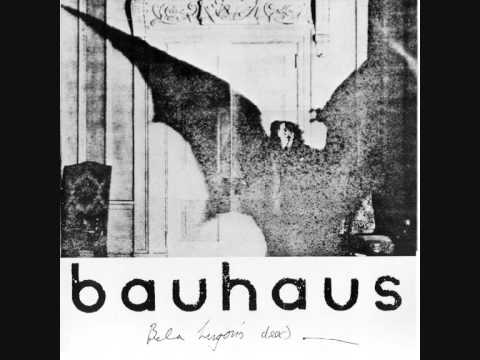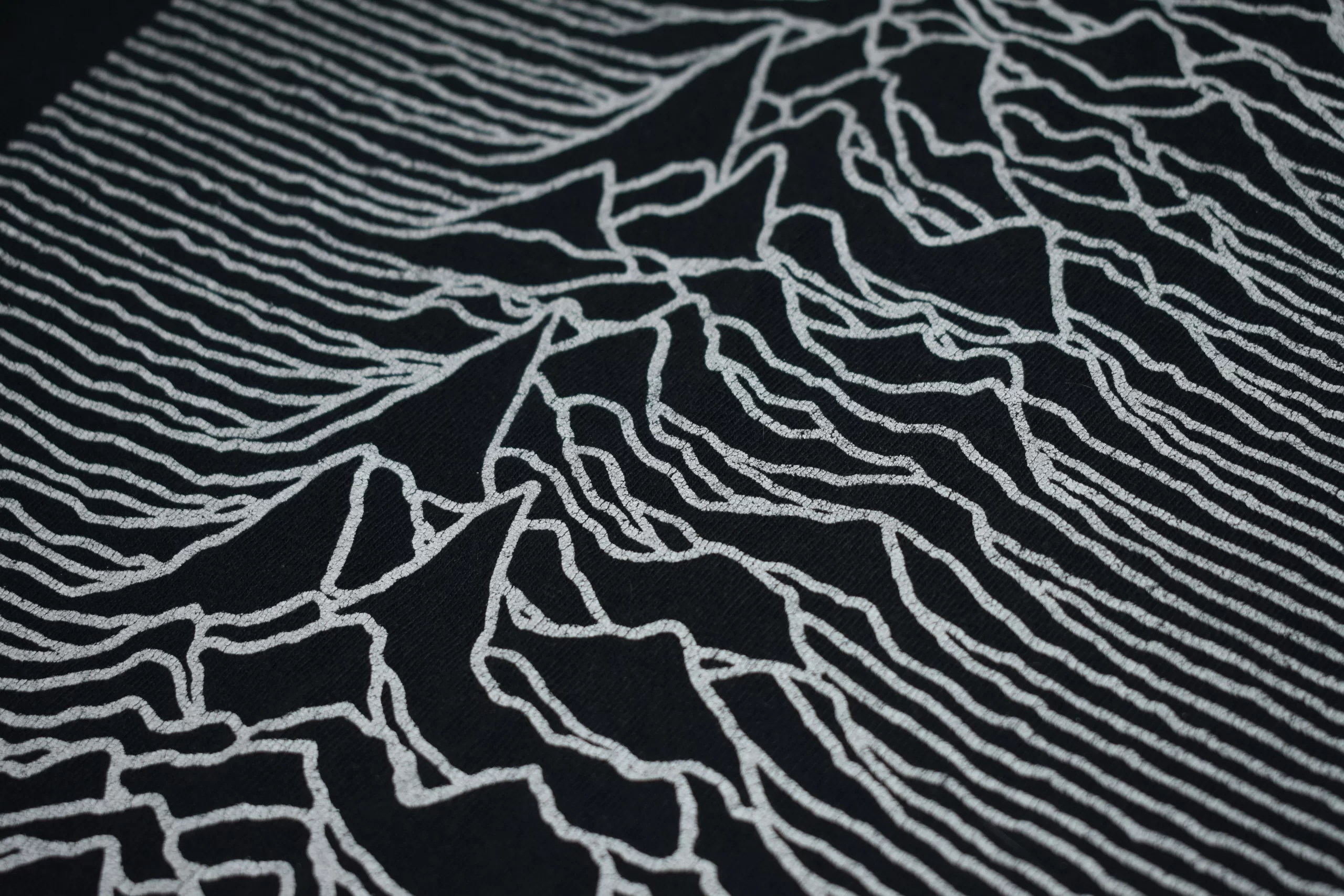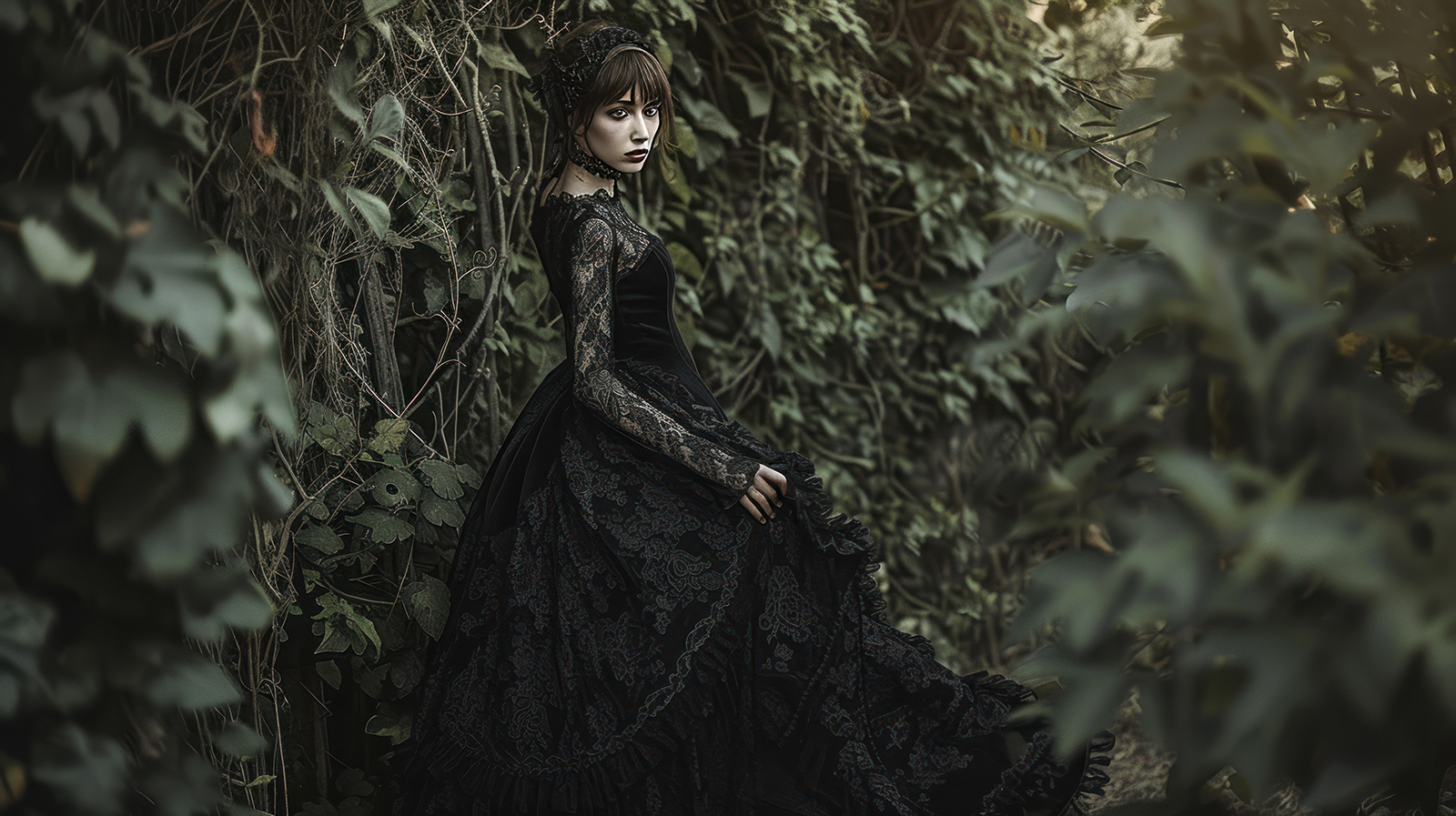Goth music, with its dark, atmospheric soundscapes and introspective lyrics, has captivated listeners for decades. Emerging from the post-punk movement of the late 1970s and early 1980s, goth music became the soundtrack for a subculture that embraced the macabre, the mysterious, and the melancholic. This article will explore the first goth bands that paved the way for the genre, outline the various subgenres that have developed, and examine the relationship between goth music and the broader goth subculture.
The Birth of Goth Music: The Early Pioneers
The genesis of goth music can be traced back to the late 1970s, a period marked by the decline of punk rock and the rise of post-punk. Post-punk bands sought to experiment with the raw energy of punk, incorporating a broader range of influences, including electronic music, art rock, and even funk. It was within this fertile creative environment that the first goth bands began to take shape.
Bauhaus
One of the earliest and most influential goth bands is Bauhaus, formed in Northampton, England, in 1978. The band’s debut single, “Bela Lugosi’s Dead,” released in 1979, is often cited as the first goth rock song. With its haunting bassline, eerie guitar effects, and Peter Murphy’s deep, theatrical vocals, “Bela Lugosi’s Dead” set the tone for what would become the goth sound. Bauhaus continued to explore themes of death, decay, and existential angst in their subsequent albums, including *In the Flat Field* (1980) and *Mask* (1981).
Siouxsie and the Banshees
Siouxsie and the Banshees, fronted by the enigmatic Siouxsie Sioux, were another cornerstone of the early goth scene. Formed in London in 1976, the band initially emerged from the punk scene but quickly developed a darker, more atmospheric sound. Their albums *Join Hands* (1979) and *Juju* (1981) are considered seminal works in the goth canon, with tracks like “Spellbound” and “Arabian Knights” showcasing their unique blend of swirling guitars, tribal rhythms, and Sioux’s commanding vocal presence.
Joy Division
Though often classified as a post-punk band, Joy Division’s influence on the goth genre cannot be overstated. Formed in Manchester in 1976, the band’s music was characterized by its stark, minimalist sound and the deeply introspective lyrics of lead singer Ian Curtis. Joy Division’s two albums, *Unknown Pleasures* (1979) and *Closer* (1980), are filled with themes of alienation, despair, and the human condition. The band’s aesthetic, marked by Curtis’s haunting baritone and the cold, industrial production, laid the groundwork for much of what would define goth music.
The Cure
The Cure, led by the charismatic Robert Smith, is another band that played a crucial role in the development of goth music. While their early work, such as *Three Imaginary Boys* (1979), was rooted in the post-punk sound, the band’s subsequent albums, particularly *Seventeen Seconds* (1980) and *Faith* (1981), delved into darker, more introspective territory. The Cure’s music combined melancholy melodies with atmospheric production, and Smith’s distinctive voice and lyrics about love, loss, and existential dread resonated deeply with goth audiences.
The Sisters of Mercy
Emerging in the early 1980s, The Sisters of Mercy are perhaps the quintessential goth band. Formed in Leeds in 1980, the band was known for their powerful, driving rhythms, courtesy of their drum machine “Doktor Avalanche,” and the deep, commanding voice of frontman Andrew Eldritch. The Sisters of Mercy’s albums *First and Last and Always* (1985) and *Floodland* (1987) are gothic rock classics, featuring tracks like “Marian,” “This Corrosion,” and “Lucretia My Reflection.” The band’s sound, characterized by its blend of rock and electronic elements, became a template for many goth bands that followed.
Goth Music Genres: The Evolution of the Sound
Over the years, goth music has evolved and diversified, giving rise to several subgenres, each with its own distinct characteristics. Below is a list of some of the most prominent goth music genres:
1. Gothic Rock is the original form of goth music, characterized by its dark, atmospheric sound, prominent basslines, and ethereal guitar work. Bands like Bauhaus, The Sisters of Mercy, and The Cure are central to this genre.
2. Deathrock is a subgenre that emerged in the early 1980s, particularly in the United States, and is heavily influenced by punk rock. It is characterized by its raw, aggressive sound, horror-themed lyrics, and macabre aesthetics. Notable deathrock bands include Christian Death, 45 Grave, and Kommunity FK.
3. Darkwave is a more electronic-oriented subgenre that incorporates elements of synth-pop and post-punk. It is known for its melancholic, introspective sound and often features synthesizers and drum machines. Key darkwave bands include Clan of Xymox, Lycia, and The Frozen Autumn.
4. Ethereal Wave also known as ethereal goth, is a subgenre that emphasizes dreamy, atmospheric soundscapes and haunting vocals. It often incorporates elements of shoegaze and dream pop. Bands like Cocteau Twins, Dead Can Dance, and This Mortal Coil are representative of this genre.
5. Industrial Gothic, or goth-industrial, blends the dark aesthetics of goth music with the harsh, mechanical sounds of industrial music. It often features aggressive beats, distorted vocals, and themes of dystopia and alienation. Prominent bands in this genre include Skinny Puppy, Front 242, and Nine Inch Nails.
6. Neoclassical Darkwave is a subgenre that combines elements of classical music with darkwave and goth. It often features orchestral arrangements, operatic vocals, and a sense of grandeur. Bands like Sopor Aeternus & The Ensemble of Shadows, Arcana, and Elend are key figures in this genre.
7. Post-Punk Revival – While not strictly goth, the post-punk revival of the 2000s brought a renewed interest in the sounds and aesthetics of early goth music. Bands like Interpol, Editors, and She Wants Revenge drew heavily from the goth and post-punk influences of the 1980s.
The Goth Subculture: Music as a Foundation
Goth music is not just a genre; it is the foundation of a broader subculture that has persisted for over four decades. The goth subculture is characterized by its distinctive fashion, art, literature, and philosophy, all of which are deeply intertwined with the music.
Fashion
Goth fashion is perhaps the most immediately recognizable aspect of the subculture. It typically features dark, somber clothing, often inspired by Victorian and Edwardian styles, as well as elements of punk and glam rock. Black is the predominant color, and outfits often include lace, velvet, leather, and fishnet. Accessories such as silver jewelry, chokers, and platform boots are common. Makeup is another important aspect, with pale foundation, dark eyeliner, and black or deep red lipstick being typical.
Literature and Art
The goth subculture has a deep appreciation for literature and art that explore themes of darkness, death, and the supernatural. Gothic literature, from classics like Mary Shelley’s *Frankenstein* and Bram Stoker’s *Dracula* to the works of Edgar Allan Poe and H.P. Lovecraft, is a significant influence. In visual art, the gothic aesthetic can be seen in everything from medieval cathedrals to the macabre paintings of artists like Hieronymus Bosch and Francisco Goya.
Philosophy and Worldview
The goth subculture is often associated with a particular worldview, one that embraces the darker aspects of life, such as mortality, melancholy, and existential questioning. However, this should not be mistaken for a purely negative or nihilistic outlook. Many within the goth community see beauty in the macabre and find solace in exploring the more shadowy corners of human experience. The subculture often values individuality, intellectualism, and a deep connection to the arts.
The Role of Music in the Subculture
Music is the glue that holds the goth subculture together. It is through music that many people first discover the goth community, and it remains a central aspect of goth identity. Goth clubs, where DJs spin everything from gothic rock to darkwave, are vital social hubs for the community. Concerts and festivals, such as Wave-Gotik-Treffen in Germany, offer opportunities for goths from around the world to gather and celebrate their shared love of the music and culture.
The lyrics and themes of goth music often resonate deeply with listeners, providing a sense of connection and understanding. Whether it is the existential angst of Joy Division, the romantic despair of The Cure, or the dark grandeur of The Sisters of Mercy, goth music speaks to those who feel a kinship with the darker side of life.
The Evolution of Goth Music
The goth music genre has come a long way since its inception in the late 1970s, evolving into a diverse and multifaceted cultural movement. The early goth bands, such as Bauhaus, Siouxsie and the Banshees, Joy Division, The Cure, and The Sisters of Mercy, laid the groundwork for a genre that has continued to thrive and inspire.
Over the years, goth music has given rise to numerous subgenres, each contributing to the rich tapestry of sounds and themes that define the goth experience. These musical offshoots, from the raw energy of deathrock to the haunting beauty of ethereal wave, have ensured that goth music remains a dynamic and evolving art form.
At its core, goth music is more than just a collection of songs; it is the heartbeat of a global subculture that embraces the beauty in darkness and the complexity of the human experience. The goth community, united by its love for this evocative and atmospheric music, continues to thrive, creating a space where individuality, introspection, and artistic expression are celebrated. As new generations discover the allure of goth music, the genre and its associated subculture will undoubtedly continue to evolve, ensuring its place as a lasting and influential force in the world of music and beyond.






Add Comment